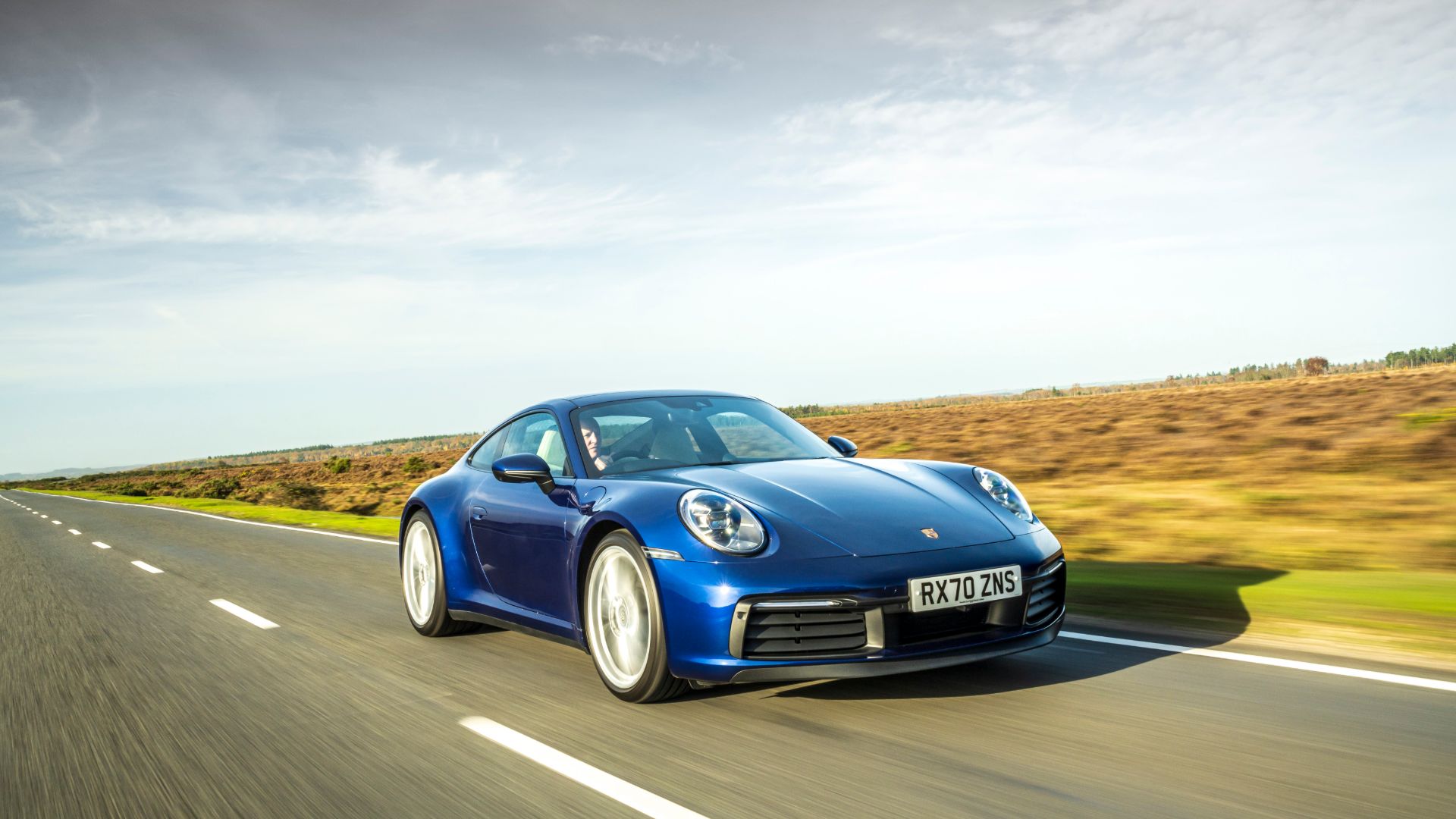
Manuals have become a minority. Last year, 55 percent of new cars came with an automatic gearbox. That compares with just under half in 2019 – and less than a quarter 10 years ago. When it comes to sports cars, the trend for two pedals and paddles is even more marked. Porsche is one of the few still offering an old-school stick shift.
Not that a manual 911 is the default choice. You can’t combine this ’box with the entry-level Carrera, open-air Targa or flagship Turbo – your only option is the 450hp Carrera S. And Porsche expects only one in 10 Carrera buyers to do their own declutching. You can imagine the salesman’s quizzical ‘Are you sure?’ look if you order one.
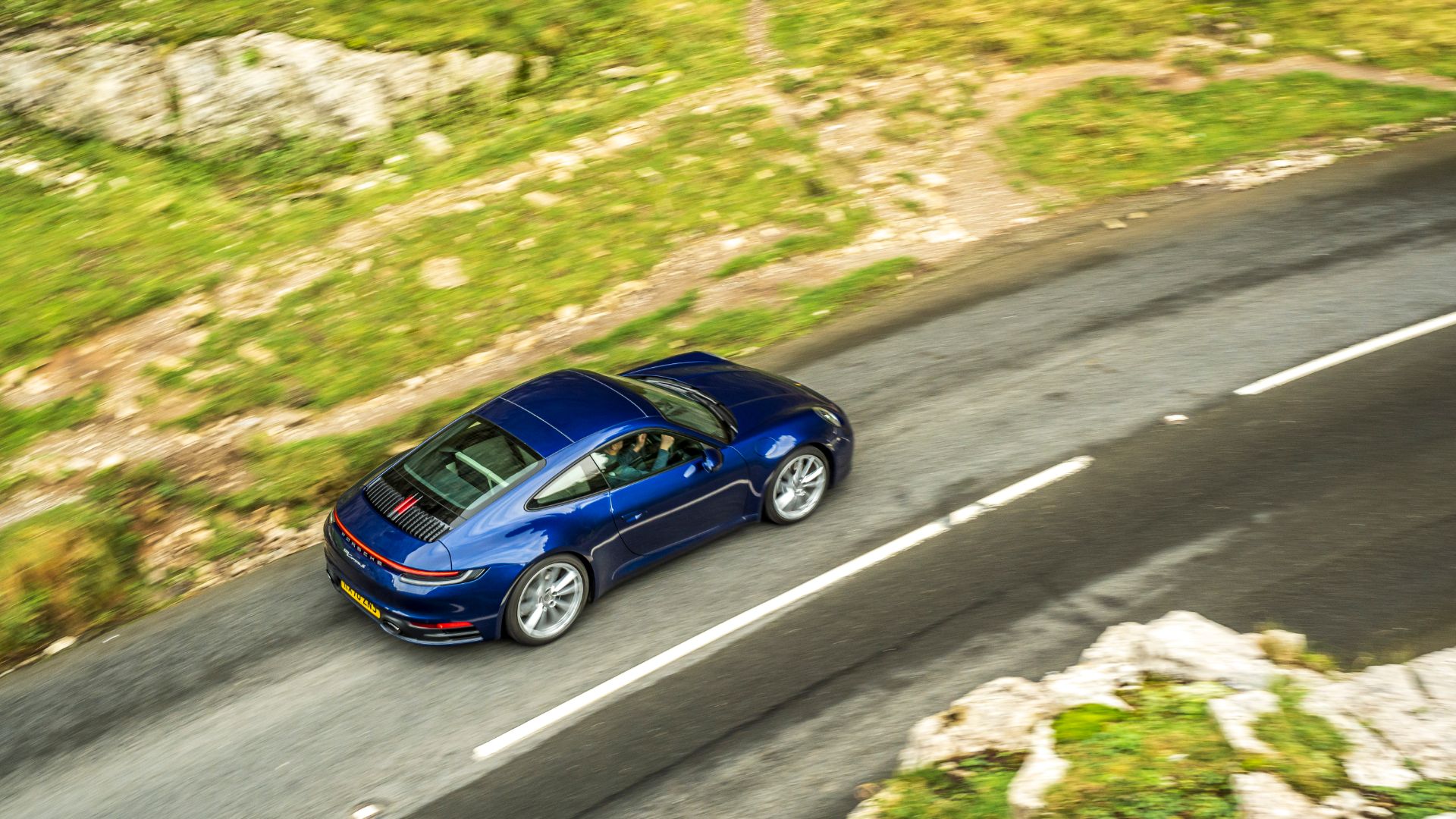
So, why have automatics become so popular? Partly, it’s the rise of hybrids, the majority of which use a continuously variable transmission (CVT), and electric cars, which have direct drive with no conventional gears. But it’s also because automatic gearboxes have evolved to be really, spectacularly good.
Traditional torque converter autos were slow, slurring and used more fuel – fine in a luxury car, but unsuited to everything else. Then came automated clutchless manuals, such as in the Ferrari 355 F1, BMW M3 CSL and Lamborghini Aventador. These were brutally quick at ten-tenths, but jerky and slow-witted in normal use. Frustrating, no doubt, when you’re simply using your Aventador for the school run.
View this post on Instagram
The real breakthrough came with the Volkswagen Group’s dual-clutch Direct-Shift Gearbox (DSG), first fitted to the Audi TT in 2003. By employing two clutches, one for odd-numbered gears and the other for even-numbered gears, it could shift without interrupting torque transfer to the wheels.
The outcome was swift and smooth cog-swapping, with little or no detriment to fuel economy. It’s the same system used in PDK versions of the 911 today.
Manuals still matter
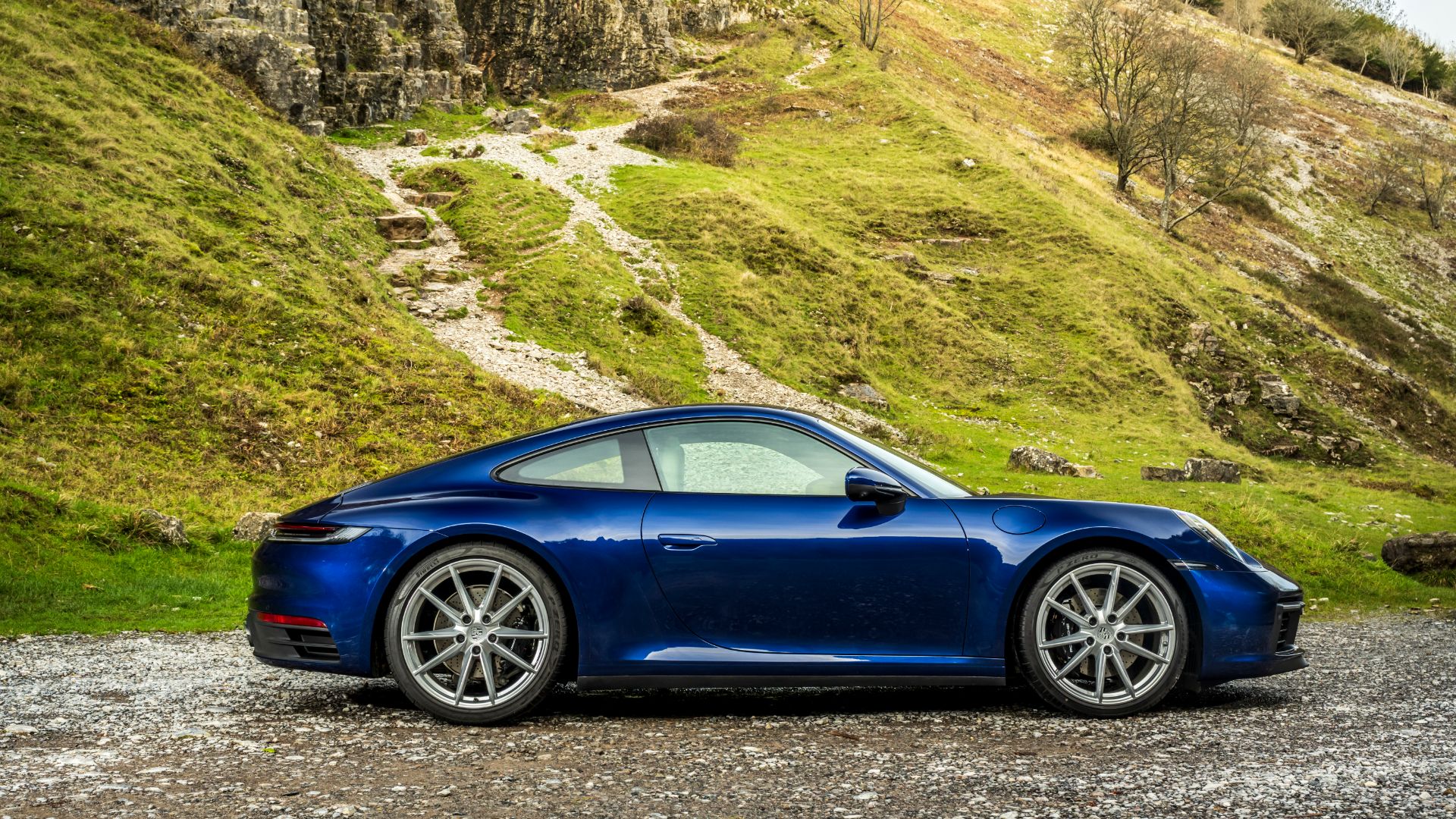
Make no mistake, the PDK (Porsche Doppelkupplungsgetriebe, if you must know) is brilliant. You can leave it in automatic mode around town, then take control with the tactile paddles on a B-road. It weighs just 35kg more than the manual, and blasts the Carrera S to 62mph over half a second quicker. It also costs the same £94,350, so there’s no price penalty for choosing it.
And yet, and yet… manuals still matter. They enrich the experience and make it more cerebral. You have to plan ahead, consider your timing, work on your technique. Mastering this coordination of right foot, left foot and left arm is one of the joys of driving, something a ruthless dual-clutch ’box can never replicate.
Like listening to music on vinyl rather than MP3, it’s technically inferior but ultimately more satisfying.
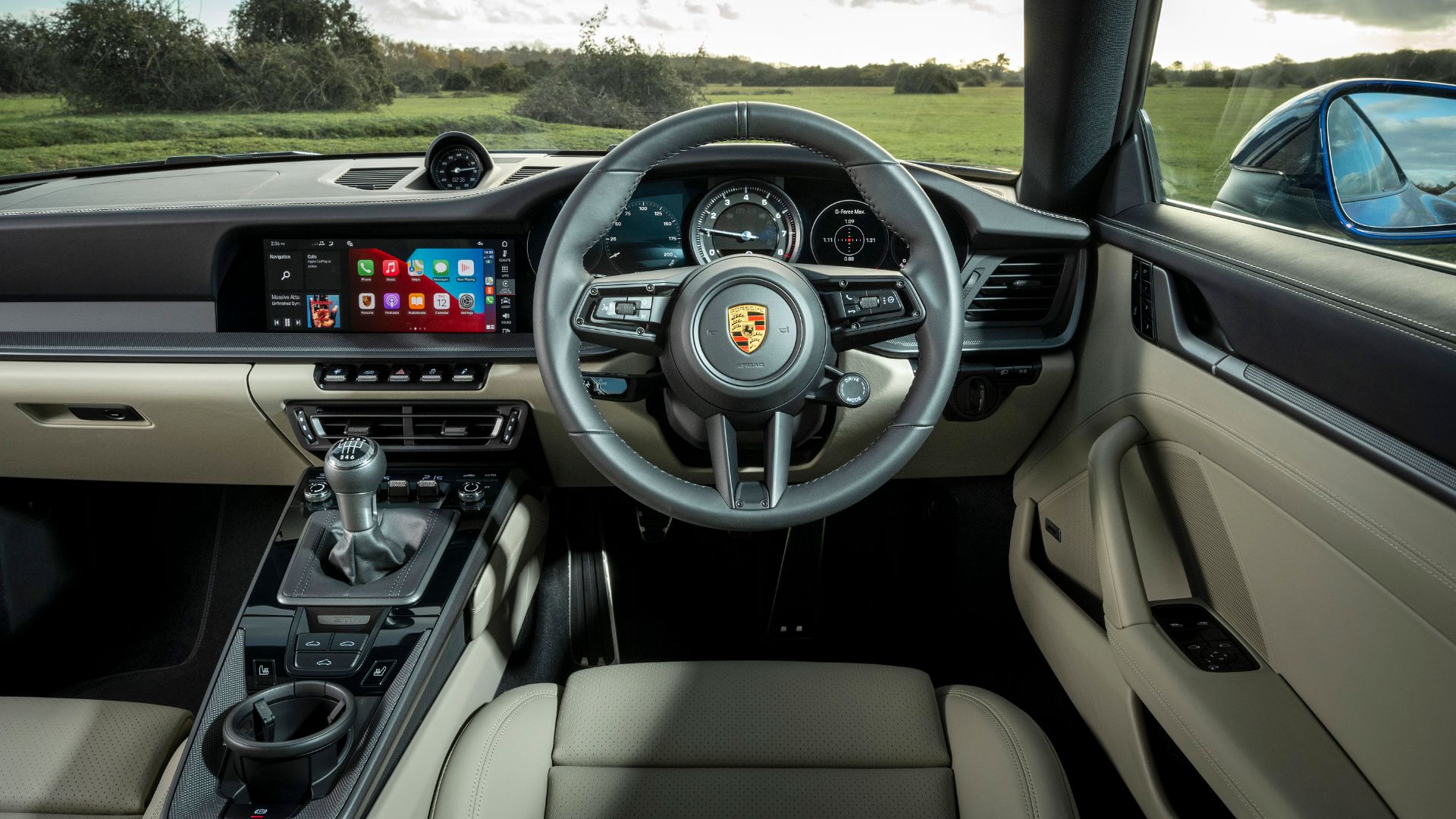
As car enthusiasts, the manual gearbox also owns a place in our collective consciousness. Imagine a 1960s Ferrari without a clackety wand in an open gate, or indeed a classic 911 without the spindly ‘915’ gearbox, which somehow feels different in every example I’ve driven. Could an original Honda NSX or Mazda MX-5 be improved by a PDK-style transmission? It seems sacrilegious to even suggest it.
Porsche clearly understands all this, because another new 911 – the hardcore, driver-focused GT3 – will soon be offered with a manual. And yes, that makes it slower, but few buyers will notice or care. Interestingly, even the PDK version of the GT3 has a manual-style stick for that extra layer of interaction. “I love this detail,” Porsche GT division boss Andreas Preuninger told CAR magazine. “I wanted to keep the lever. I don’t want to be on paddles all the time”.
Seven into 911 does go
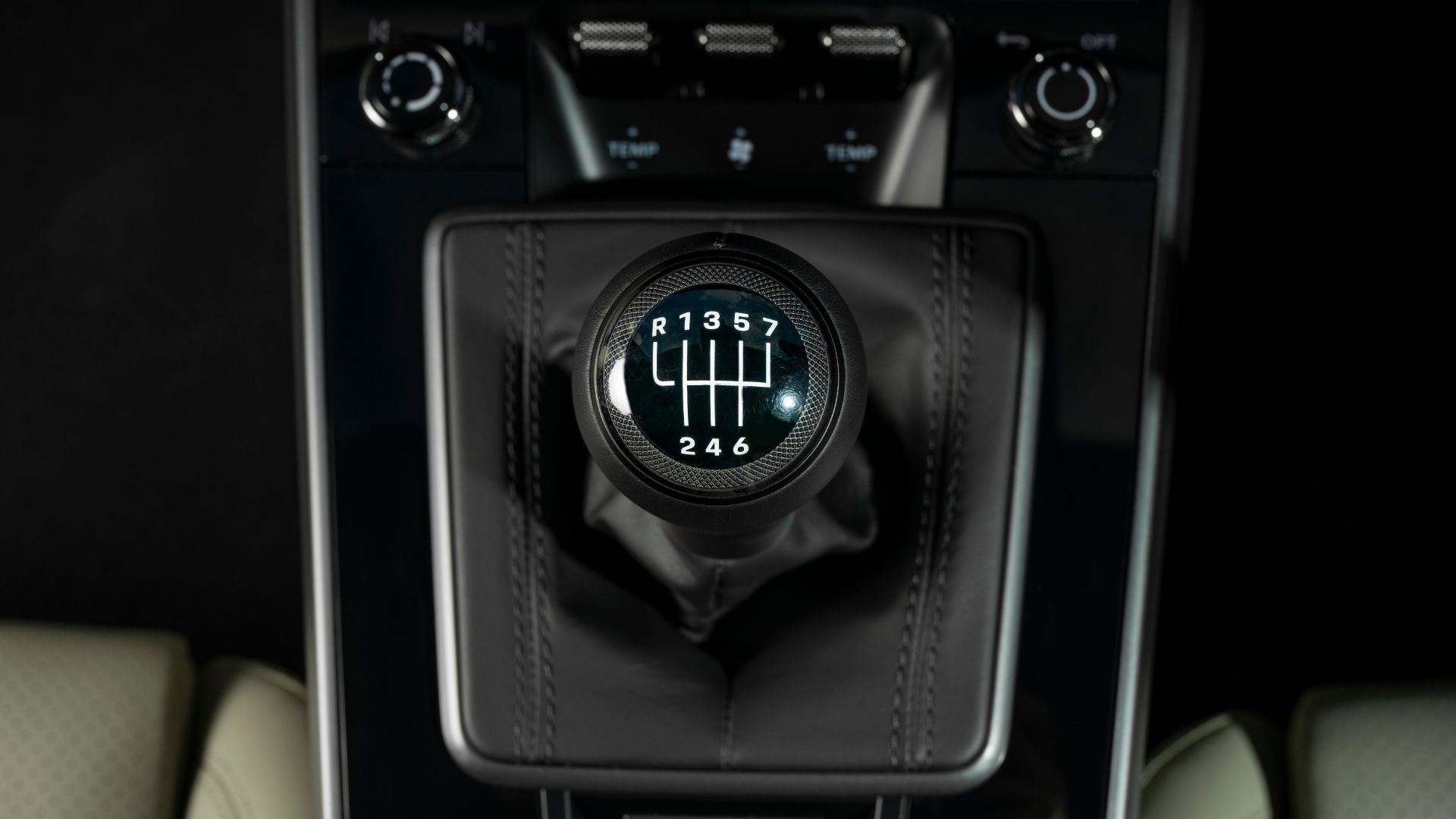
While the GT3 manual makes do with six speeds, the Carrera S has a seventh ratio: effectively a super-long overdrive for German autobahns. At 70mph on the M25, the 3.0-litre engine was pulling just 1,800rpm. A lock-out mechanism prevents you selecting seventh unless you’re already in sixth.
Perfect that first-to-second shift and you’ll hit 62mph in 4.2 seconds, plus a 191mph top speed. Whichever transmission you choose, this is a seriously fast car. That said, seventh isn’t the only stretched-out gear – second takes you beyond 80mph – and such an approach does the 911 no favours.
View this post on Instagram
The reason, of course, is ever-stricter EU emission targets; the result is performance that feels a little blunted.
The long-striding ratios also decrease your interaction with the car. Why shift up to third when second has all the range you need for a country road? Thankfully, you’ll find yourself swapping gears just for the fun of it. Unlike the rather notchy seven-speed manual in the old 991-generation 911, this ’box is wonderfully slick-shifting. The clutch feels weighty and precise, while the lever snicks across the gate with Teflon smoothness.
Time to get serious
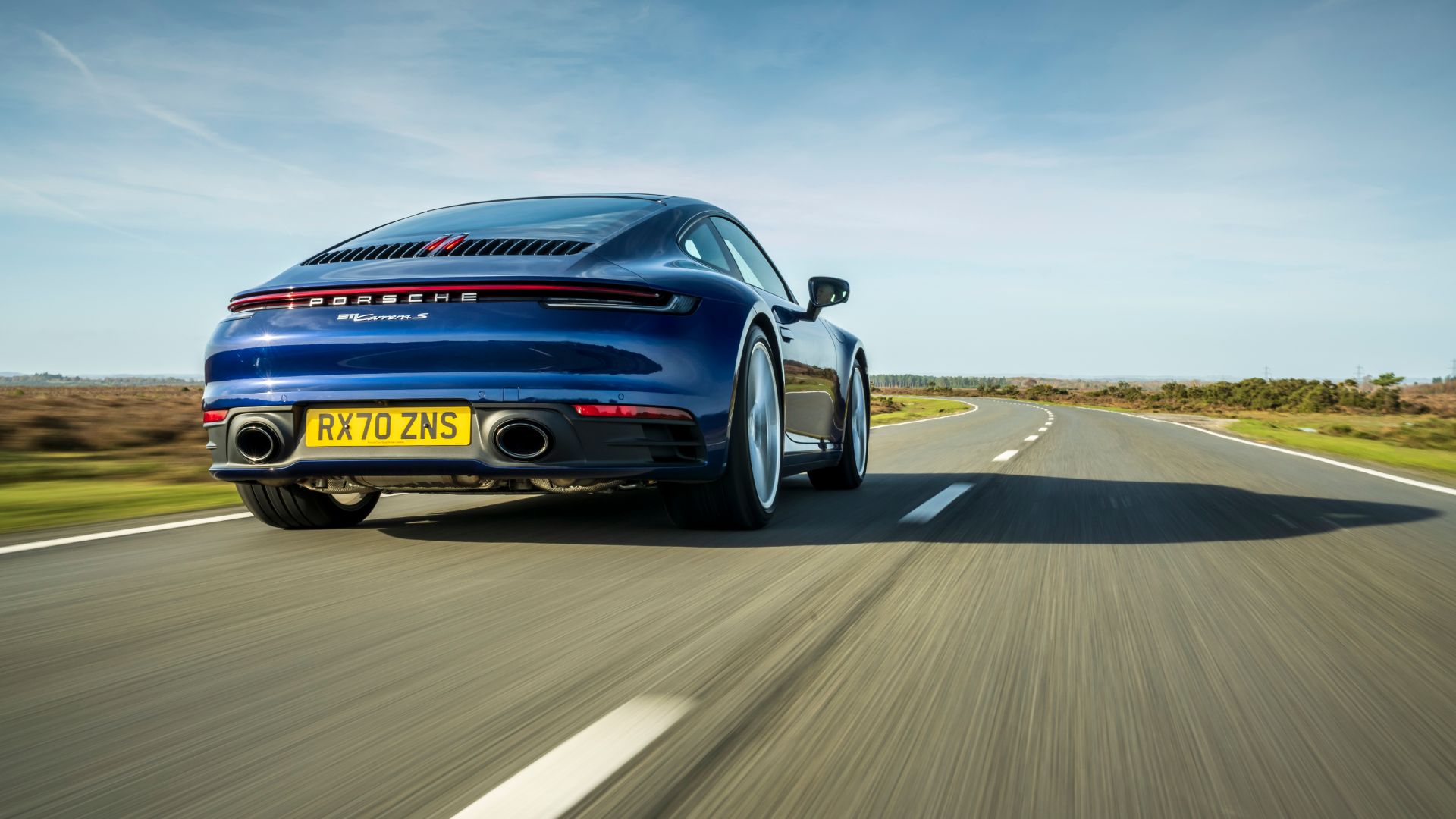
Switch into Sport or Sport Plus modes and the engine will rev-match on downshifts, saving you the trouble of having to heel-and-toe. The manual version also comes with dynamic engine mounts and the Sport Chrono package as standard (a steering wheel mode switch, Sport mode for the stability system, tyre temperature indicator and a stopwatch atop the dashboard). It all adds to the impression of being a 911 for serious drivers.
As for the rest of the car, it’s every bit as good as reputation suggests. A snarling twin-turbo flat-six, beautifully balanced chassis, superbly techy interior and best-in-class build quality make this instantly iconic Porsche – to quote my review of the standard 385hp Carrera – ‘the only sports car you need’. The manual may not be the default choice, but the 911 certainly is.
Me? I’m still in two minds. Living in London, the PDK obviously makes more sense – and would be easier and more enjoyable day-to-day. But in those rare moments when the road opens and traffic clears, I’d always hanker for a manual gearbox. If you’re among those one-in-10 drivers, I salute your commitment.
ALSO READ:
The story of the classic Porsche 911